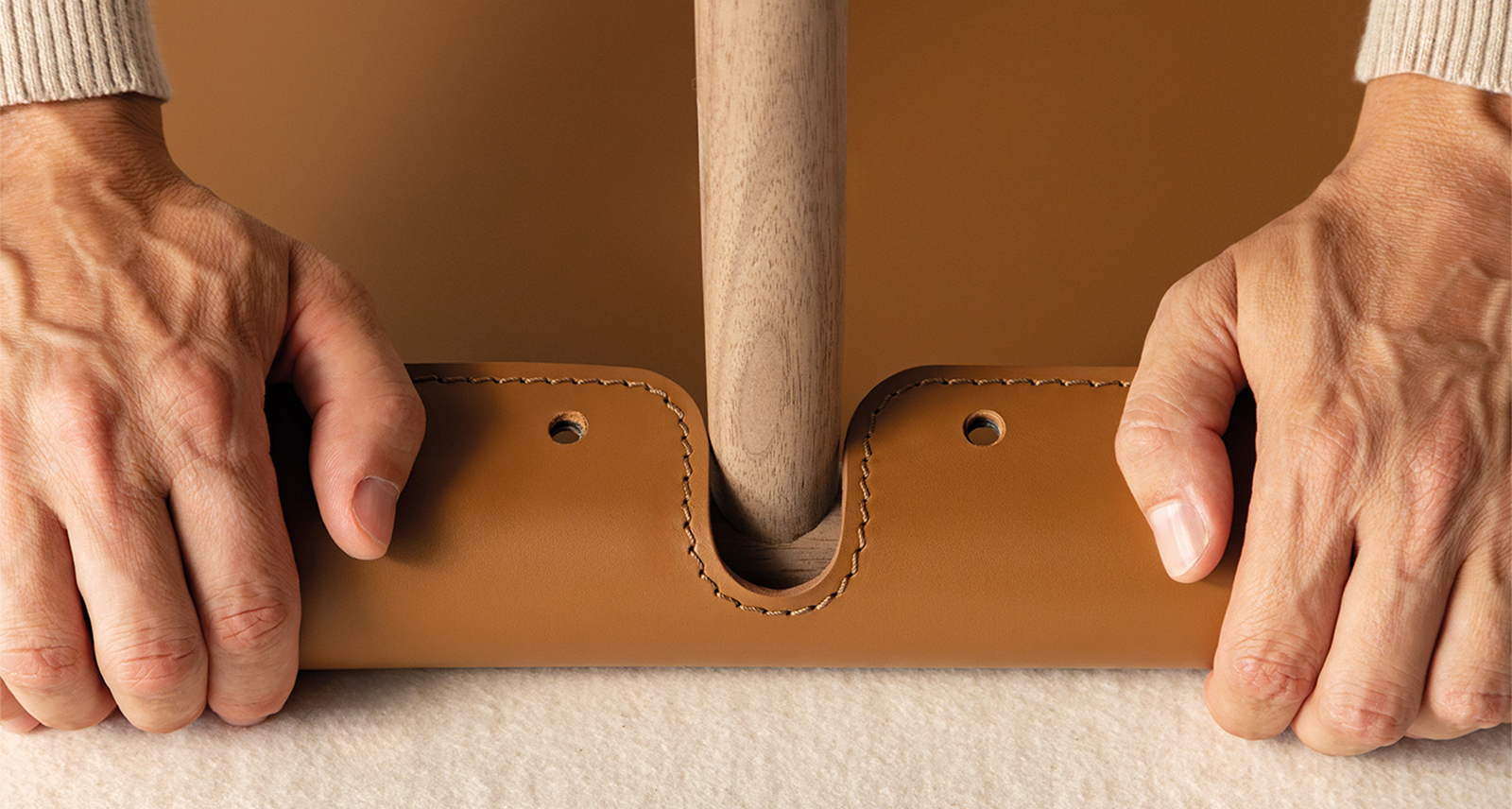How to Cook the Perfect Turkey
When done right, turkey can be richly flavourful, succulent, pleasantly fatty and a grand centrepiece to a festive table. Abide by a few reliable rules to ensure yours is the best your in-laws have ever had.
STEP 1: This cannot be overemphasized: always buy a quality bird. Do not purchase one from a supermarket chain or from a stranger knocking on your door looking to raise money for his hockey team. Shop only at a quality butcher. If possible, opt for a heritage breed. Do not worry about whether or not it is organic certified, but do look for one that was naturally raised on good feed. The best way to determine that is very easy to remember: you want a bird with long, slim Hana Soukupová-type legs (squat, jiggly Kim Kardashian-type legs contrarily indicate intensive rearing, wherein the growth of the flesh outpaces that of the bone within).
STEP 2: Brine your turkey if you like but I seldom bother. I find that good birds are always juicy anyway and taste more convincingly of their natural flavours when left alone to do so. But if you have the space and really want to try, do exercise restraint (merely go overnight instead of the typically recommended 24 hours). And for full skin-crisping benefits, try to complete the brining days before you roast, so that the skin of the bird can dry completely in the fridge before you cook it.
STEP 3: Note that there is no such thing as a single “best” stuffing; holidays are about sentiment, and so the best stuffing is invariably defined by what you grew up with. In my case, that was chestnuts, but if you prefer bread or sausage, no matter. The only thing to remember is that your recipe can definitely be improved by focusing critically on its purpose:
Remember—stuffing is not just for eating. It is meant to flavour the bird and help keep it moist. So, make sure that it has lots of flavour and moisture. Gently sweat (and never brown) your aromatics (onions, garlic, celery), and then deglaze your pan with good white wine. When you mix them with your main ingredients, also add plenty of turkey-friendly herbs (sage, thyme). Give it sweetness (raisins, dried cranberries). Moisten it liberally with enriching milk and butter. And above all, season it generously, taste it, and season more to correct the flavour.
STEP 4: Before I roast my bird I always make a dark turkey stock (from roasted turkey bones—ideally necks, which your butcher will have lots of). I use it for my gravy, eventually. I also like to mix about a cup of it with equal parts white wine and (fresh) orange juice, which I simmer together with thyme and garlic and use to baste the bird before it produces juices of its own.
STEP 5: Now that the bird is stuffed, trussed, seasoned, and its breast draped with prosciutto-thin slices of top-quality bacon, you are ready to go. I have roasted turkeys at high temperatures, and I have roasted at achingly low ones, then finished and crisped them in separate, super-hot ovens. All good. But my preferred and fail-proof temperature formula is 300°F for 17 to 18 minutes per pound—and not a second more.
Weigh your bird and do the math, add 30 minutes for resting, and count back to determine start time. Cover the bird in a tent of foil that does not touch it, but is sealed to the edges of the roasting pan. Baste every hour or so, replacing the foil each time—until only two hours of cooking time remains. Then cook the bird uncovered until it is bronzed, crisp and irresistible. Set aside on its rack to rest for a minimum of 30 minutes (and do not cheat).
STEP 6: Pour the fat from the roasting pan, deglaze the pan with white wine, add turkey stock and reduce. Strain into a fresh pot, thicken with cornstarch or beurre manié. Taste and season it. Finish with cold, whipped butter, present bird and gravy to the table, and prepare to become the stuff of holiday legend.










